
views
X
Trustworthy Source
US Bureau of Labor Statistics
U.S. government agency that collects and reports labor-related information
Go to source
In order to become a pharmacist, you should prepare for pharmacy school, complete pharmacy school, and search for pharmacy jobs.
Preparing for Pharmacy School

Preparing for college. In order to be accepted into an undergraduate program at a college or university, you must first have your high school diploma. Alternatively, some colleges or universities accept a GED. Take several science and math classes in order to better prepare yourself for your college classes. Take your SAT or ACT your junior or senior year of high school. Most colleges and universities require one of these tests. Involve yourself in extracurricular activities such as nonprofit organizations, volunteering or sports clubs to make your college application more competitive.
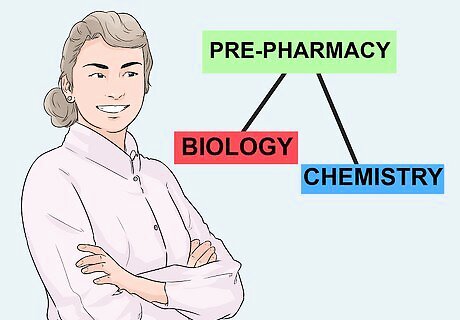
Decide on a bachelor’s degree. There are several different degrees that you can get before going to pharmacy school; however, the most common are pre-pharmacy, biology, or chemistry. These programs are the most relevant and likely to offer the prerequisites that you need to apply for pharmacy school. Research the classes that you will need to get into most pharmacy schools. Discuss your plan to become a pharmacist with your advisor. They will help you register for the classes needed to get your degree and meet the prerequisites of pharmacy school. Most pharmacy schools require at least a 3.0 GPA. A high GPA will make you more competitive when applying to pharmacy school.
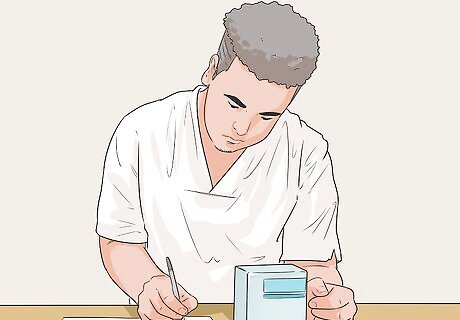
Obtain pharmacy experience. While you are working on your undergraduate degree, it would be a good idea to gain some experience working in a pharmacy. There are many ways that you can get experience in a pharmacy. You can shadow a pharmacist, get an internship with a pharmacist, or find a job in a pharmacy. These experiences will help you make connections and decide if becoming a pharmacist is the right career choice. Go to your school’s career office to get advice on how to find internships at local pharmacies.
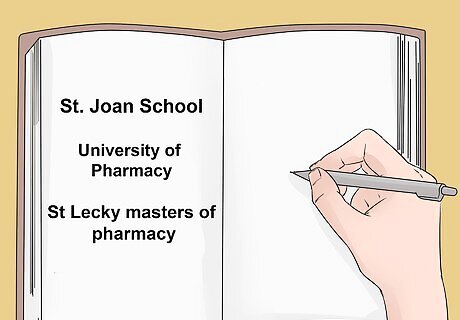
Create a list of potential pharmacy schools. Choose at least three pharmacy schools that you are interested in attending. When you are selecting a school, it is important to think about the school’s location, reputation, and tuition. Most schools list the prerequisites that are needed to apply. Use this information as a basis for your preparation.
Completing Pharmacy School
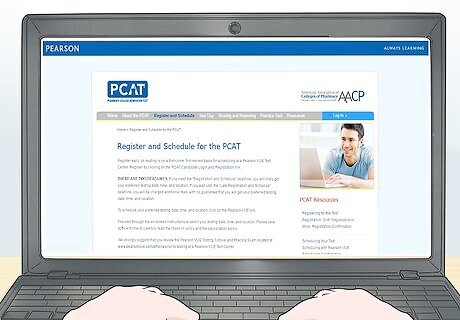
Take the PCAT. The Pharmacy College Admission Test is a standardized test used by most pharmacy schools to determine the academic ability of applicants. Although the PCAT was once a written test, all PCAT tests are now done by computer. You can register for the PCAT online by visiting https://pcatweb.info/Register-and-Schedule.php. There is a registration fee that can be paid online during the registration process. Study materials can be found and purchased online, in bookstores, or at your local library. When you register for your PCAT, you will be asked to select schools that you would like to send scores to. Be sure to send the scores to the schools on your list.

Apply to pharmacy schools. Once you have received your undergraduate degree, gotten some hands on experience with a pharmacist, and completed your PCAT, it is time to apply for pharmacy school. Come up with a list of the requirements that you want the pharmacy school to meet and then research which are the ones that are within your target. Visit their website and follow their specific application process. Keep in mind that most pharmacy school applications have an application fee. It is a good idea to apply to more than one pharmacy school in case you don’t get accepted to your first choice.
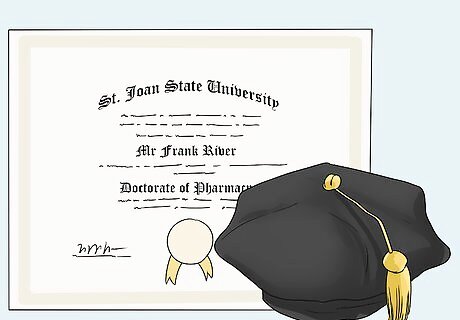
Obtain a Doctor of Pharmacy degree. Pharmacy school is four academic semesters. However, many pharmacy schools are three calendar years by including summer semesters in the school calendar. Tuition and fees vary amongst each pharmacy school. Many people rely on loans, grants, and scholarships to pay for pharmacy school.
Getting a Job
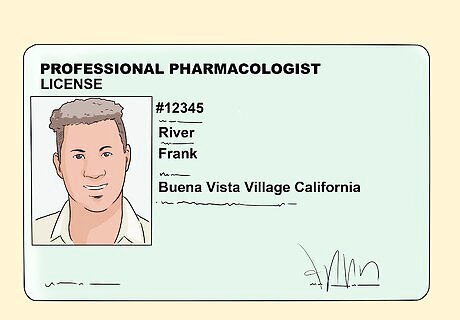
Get licensed. Upon graduation you must become licensed in order to practice pharmacy. The North American Pharmacist Licensure Exam (NAPLEX) is a standardized exam used throughout the United States to test pharmacy school graduates on their knowledge of pharmacology. Each state also has specific tests required to practice pharmacy within that state. You can learn more about state specific licensure through the National Association of Boards of Pharmacy.
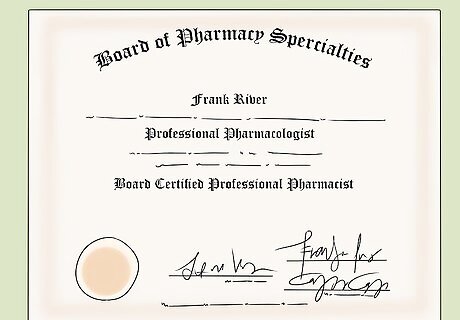
Become a specialist. In some cases, you may want to further your education to become a specialized pharmacist. For example, if you want to become a clinical pharmacist, you must complete a pharmacy residency and a BPS (Board of Pharmacy Specialties) certification. A pharmacy residency is two years long. The first year consists of generalized training and the second year is specialized training. Specialities are not required.

Apply for jobs. Once you are a fully licensed pharmacist, you can begin looking for a job. Search for job openings online with sites like www.indeed.com. Talk to any connections that you made through shadowing, pharmacy school, or residency. Your first job as a pharmacist may not be exactly what you are looking for. You may have to work odd hours and a pharmacy that is not your first choice. Don’t expect to “move up the ladder” quickly. Be a hard worker and you will eventually move up. Even entry level pharmacists make good money. The average entry level pharmacist makes $75,000. Keep in mind that this amount depends on the location of your job.
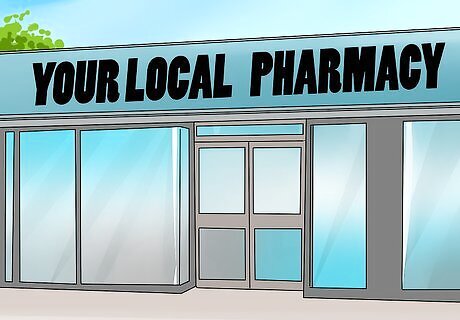
Open your own pharmacy. There is a lot more to owning your own pharmacy than just pharmaceuticals. There are a lot of startup costs. You will need to know or hire someone who has a business background to handle the marketing and accounting. However, the payoff could be worth it. You will be your own boss, set your own work hours, and potentially make more money.




















Comments
0 comment